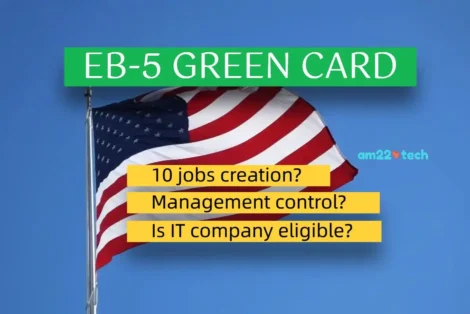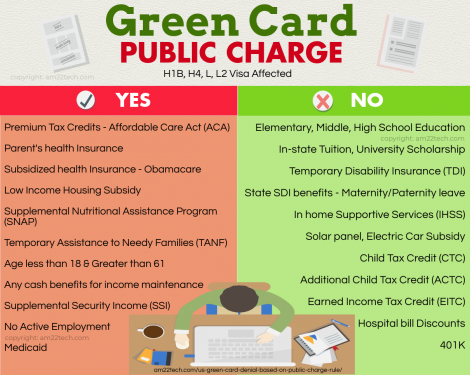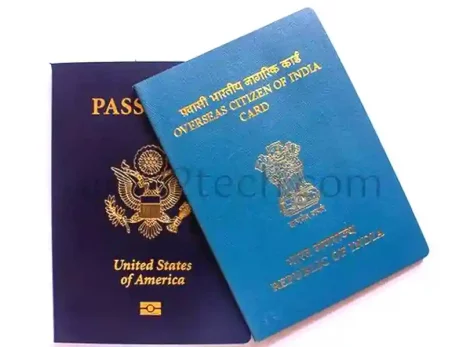Date Movement & Predictions
Open App in new Window
You can file your i485 application for a green card if your GC priority date is older than these dates for your country of birth.
USCIS Visa Bulletin is used to find your US green card priority date. The dates can move forward and go back each month.
Check the USCIS Visa Bulletin for Family-Based Green Cards.
There are two types of charts:
#1 Date of Filing Chart
If your PD date is current in the ‘Date of filing chart’ then you can file:
- Form i-485 for a green card
- Form i765 (for EAD) – Check i-485 EAD approval time.
- Form I-131 (for Advance parole – helps entry and exit from the US). Check the current I-131 approval time.
Your i485 EAD and AP card can be approved but your GC application (i485) stays pending until your PD date gets current in the ‘Final Action’ chart.
This chart shows that USCIS expects a green card number may be available in the near future (like the next 8-12 months) for your case and hence invites you to file your green card application.
Note that USCIS decides if you can use the ‘date of filing’ chart for the current visa bulletin or not every month.
This means:
AI Passport & Visa Photos in Minutes!
No studio, no waiting. Get perfectly compliant photos from your phone.
✨ Get My Photo Now See how our AI transforms your phone photo into an embassy-ready passport picture!
See how our AI transforms your phone photo into an embassy-ready passport picture!- PD Date is current in DOF but USCIS disallows: You cannot do anything. Just keep waiting.
- The date is current in DOF and USCIS allows: You can file i485, i765, and i131.
#2 Final Action Date Chart
Your green card can only be approved if the PD date is current in the Final action chart.
This chart means a green card number is available for USCIS to approve your case.
FAQ
If your EB2 priority date is current in the EB3 final action chart, we recommend filing EB2 to EB3 downgrade with new i140 and i485 and getting your green card faster.
If the EB2 PD date is only current in EB3’s date of filing chart, then we suggest waiting.
You can use the spouse’s country of birth for a whole family’s employment-based green card filing if that country’s queue is moving faster.
Example:
You are from India and working in the US on an H1B visa.
Your US green card application has been filed by your employer in the EB2 category with a priority date of August 2014 which currently has a waiting time of more than 20 years.
You get married to a girl from Pakistan and both are now living in the USA.
You are in luck and can use the Rest of the world’s employment-based final action date, CURRENT, to file your green card.
You immediately get into the fast-track green card lane just because of your lucky wife who was born outside India.
You have a Chinese passport but were born in Dubai.
You come to the US on an H-1B work visa and then are eligible to file your Green card application in the ‘non-Chinese’ queue due to your country of birth being Dubai.
You skip the long Chinese green card queues.
Similarly, Indian passport holders who became Australian, Canadian, UK, or Singapore citizens after giving up Indian citizenship are still considered for the Indian queue for a USA green card as they were born in India.
Employment-Based Green Card Categories
#1 First preference (EB-1) – priority workers
Foreign nationals with extraordinary ability in the sciences, arts, education, business, or athletics are part of EB1-A.
Outstanding professors and researchers are counted in EB1-B.
Certain multinational managers and executives are in the EB1-C pool.
Example: Most L1A workers are eligible for the EB1-C category if they have worked outside the USA as a manager with the same employer.
#2 Second preference (EB-2)
If you are a member of the professions holding advanced degrees or who have exceptional ability (including requests for national interest waivers), then you fall in the EB2 category.
Example: Most H1B workers file their employment-based green cards using EB2.
#3 Third preference (EB-3)
Professional Visa Filing Service
Your trusted partner for a smooth application process.
Expert Support & Preparation
Get hassle-free visa extension and EAD filing professional support. Includes preparation, printing, photo editing, mailing and RFE preparation.
Fast & Efficient Service
Applications filed within 1-2 days with all documents ready. Emergency filing is also available to meet urgent deadlines.
Passport Photo Assistance
We professionally edit your photos to meet all US visa requirements, including background removal and proper alignment. Photo printing is included.
Skilled workers, professionals, or other workers who are not covered in EB1 or EB2 above file their green cards in the EB3 category.
Example: An H1B worker with only a bachelor’s degree will qualify for EB3 but can upgrade to EB2 after 5 years of work experience.
Reference: Travel.State.Gov



